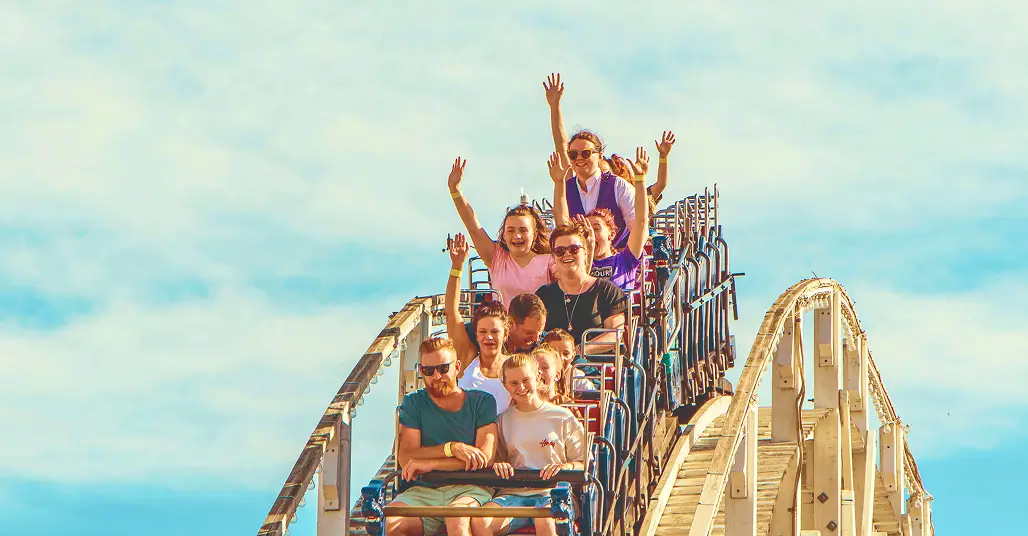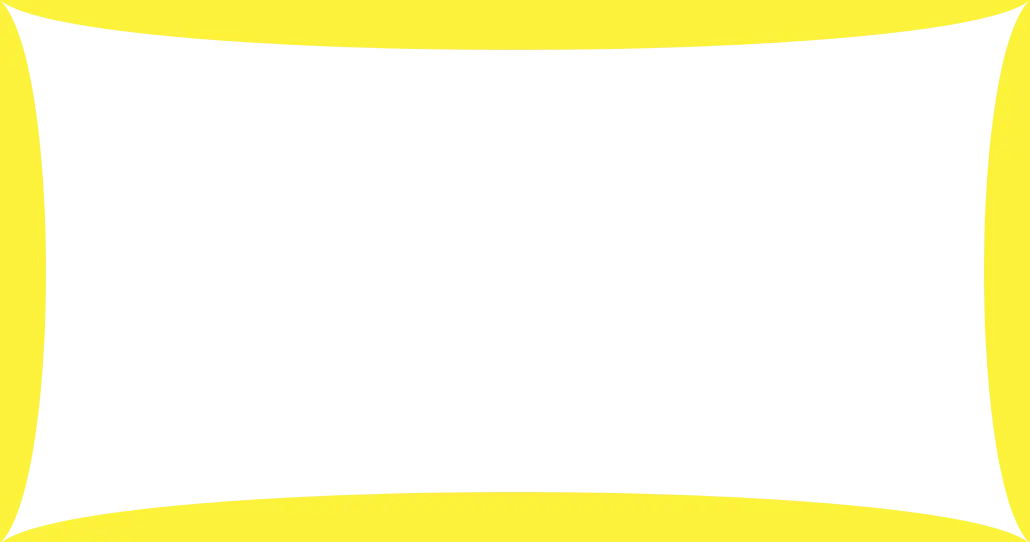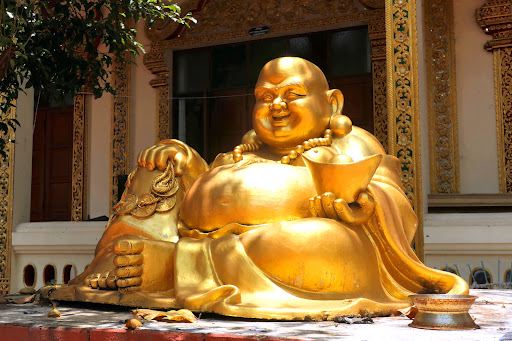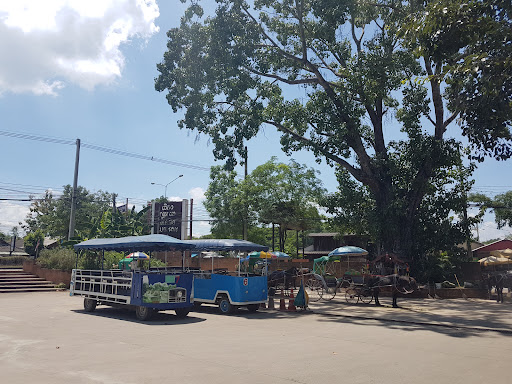Wiang Kum Kam things to do, attractions, restaurants, events info and trip planning
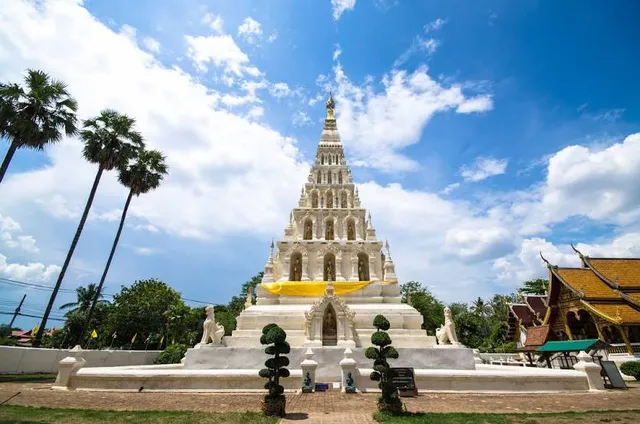
Basic Info
Wiang Kum Kam
149 หมู่ที่ 2 Somphot Chiang Mai 700 Pi Rd, Tha Wang Tan, Saraphi District, Chiang Mai 50100, Thailand
4.3(844)
Open 24 hours
Save
spot
spot
Ratings & Description
Info
Wiang Kum Kam is an historic settlement and archaeological site along the Ping River, which was built by King Mangrai the Great as his capital before he moved it to Chiang Mai.
Cultural
Outdoor
Scenic
Family friendly
Off the beaten path
attractions: Wat Ku Pa Dom, Ruins of Wat E-Khang, Wat Kan Thom Kumkam Phirom (Wat Chang Kham), Wat Phrachao Ong Dam, Wat Phaya Mangrai, restaurants: Kaffeine coffee คาเฟอีน
 Learn more insights from Wanderboat AI.
Learn more insights from Wanderboat AI.Phone
+66 53 140 322
Plan your stay

Pet-friendly Hotels in Chiang Mai Province
Find a cozy hotel nearby and make it a full experience.

Affordable Hotels in Chiang Mai Province
Find a cozy hotel nearby and make it a full experience.

The Coolest Hotels You Haven't Heard Of (Yet)
Find a cozy hotel nearby and make it a full experience.

Trending Stays Worth the Hype in Chiang Mai Province
Find a cozy hotel nearby and make it a full experience.
Reviews
Nearby attractions of Wiang Kum Kam
Wat Ku Pa Dom
Ruins of Wat E-Khang
Wat Kan Thom Kumkam Phirom (Wat Chang Kham)
Wat Phrachao Ong Dam
Wat Phaya Mangrai
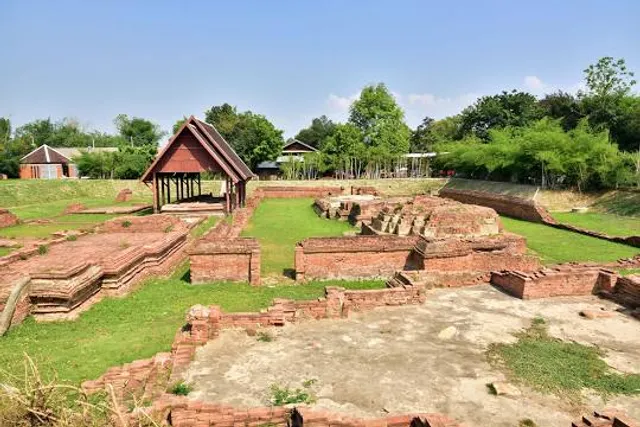
Wat Ku Pa Dom
4.7
(51)
Open 24 hours
Click for details
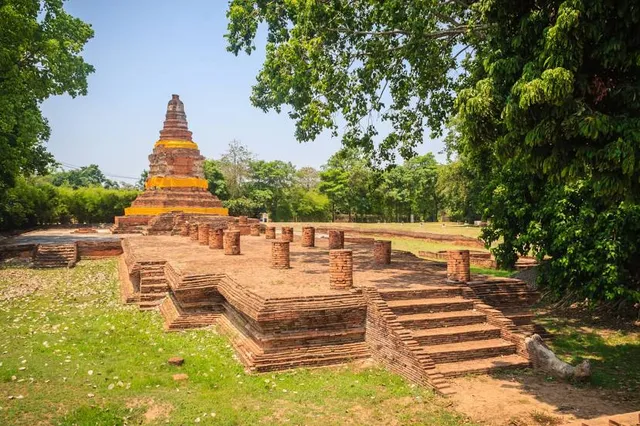
Ruins of Wat E-Khang
4.4
(166)
Open 24 hours
Click for details
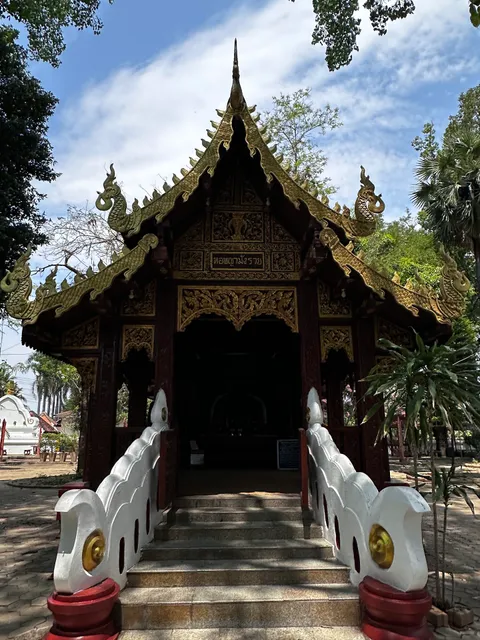
Wat Kan Thom Kumkam Phirom (Wat Chang Kham)
4.6
(169)
Open 24 hours
Click for details
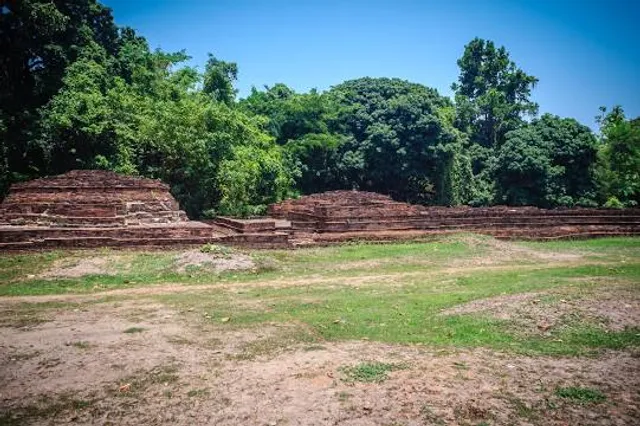
Wat Phrachao Ong Dam
4.4
(13)
Open 24 hours
Click for details
Things to do nearby

Aromdii Thai cooking
Tue, Dec 30 • 9:00 AM
Haiya Sub-district, Chiang Mai, 50100, Thailand
View details
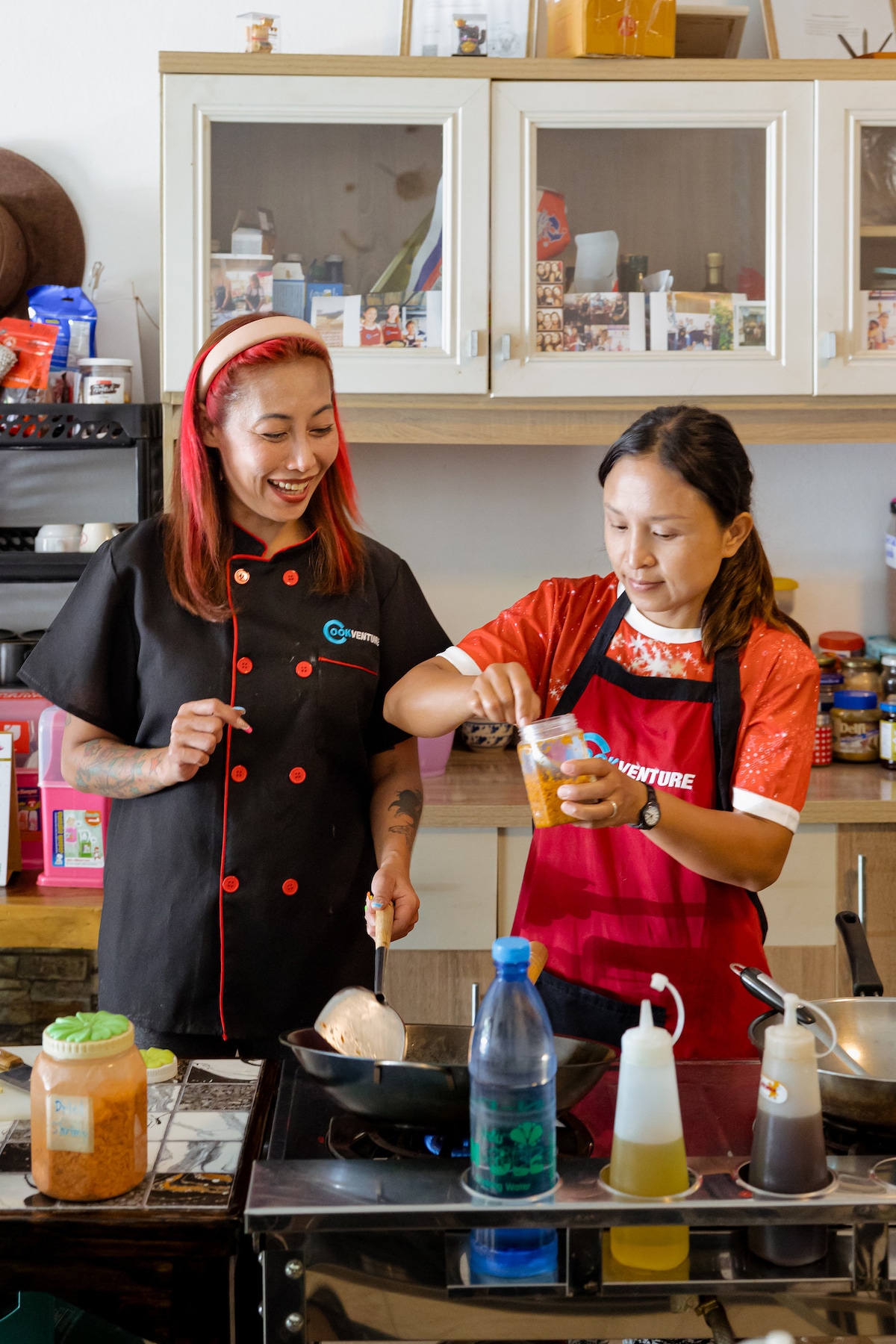
Cookventure Home Cooking Studio
Tue, Dec 30 • 8:00 AM
Mae Hia, Chiang Mai, 50100, Thailand
View details

Learn Northern Thai cooking in a traditional house
Sat, Jan 3 • 9:00 AM
Tha Wang Tan, Chiang Mai, 50140, Thailand
View details
Nearby restaurants of Wiang Kum Kam
Kaffeine coffee คาเฟอีน

Kaffeine coffee คาเฟอีน
4.4
(14)
Click for details
